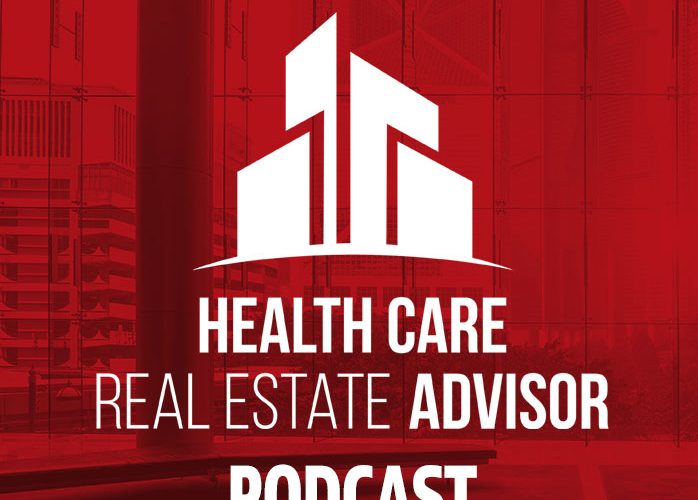Health Care Workforce Housing: Strategies and Solutions
Health Care Workforce Housing: Strategies and Solutions Health care is not immune from housing challenges facing working individuals and families nationwide. The strain directly impacts employee recruitment, retention and the overall health and well-being of health care employees. Hospitals and health systems are not only re-thinking health care’s role in workforce housing, but increasingly taking…
Read MorePodcast: Play in new window | Download
Subscribe: RSS

